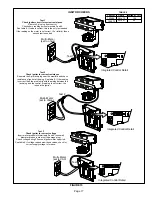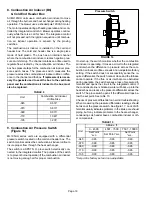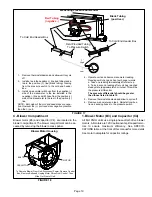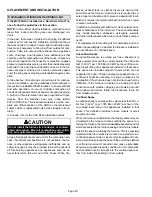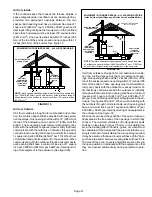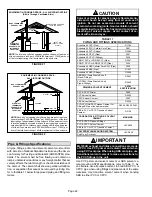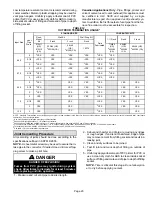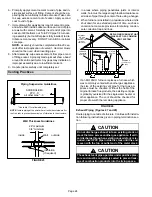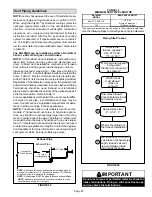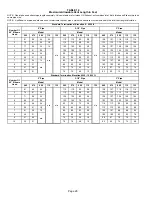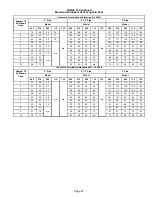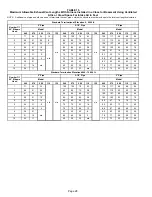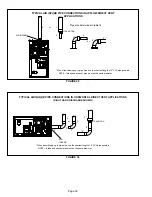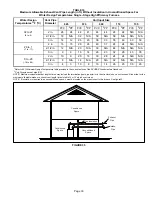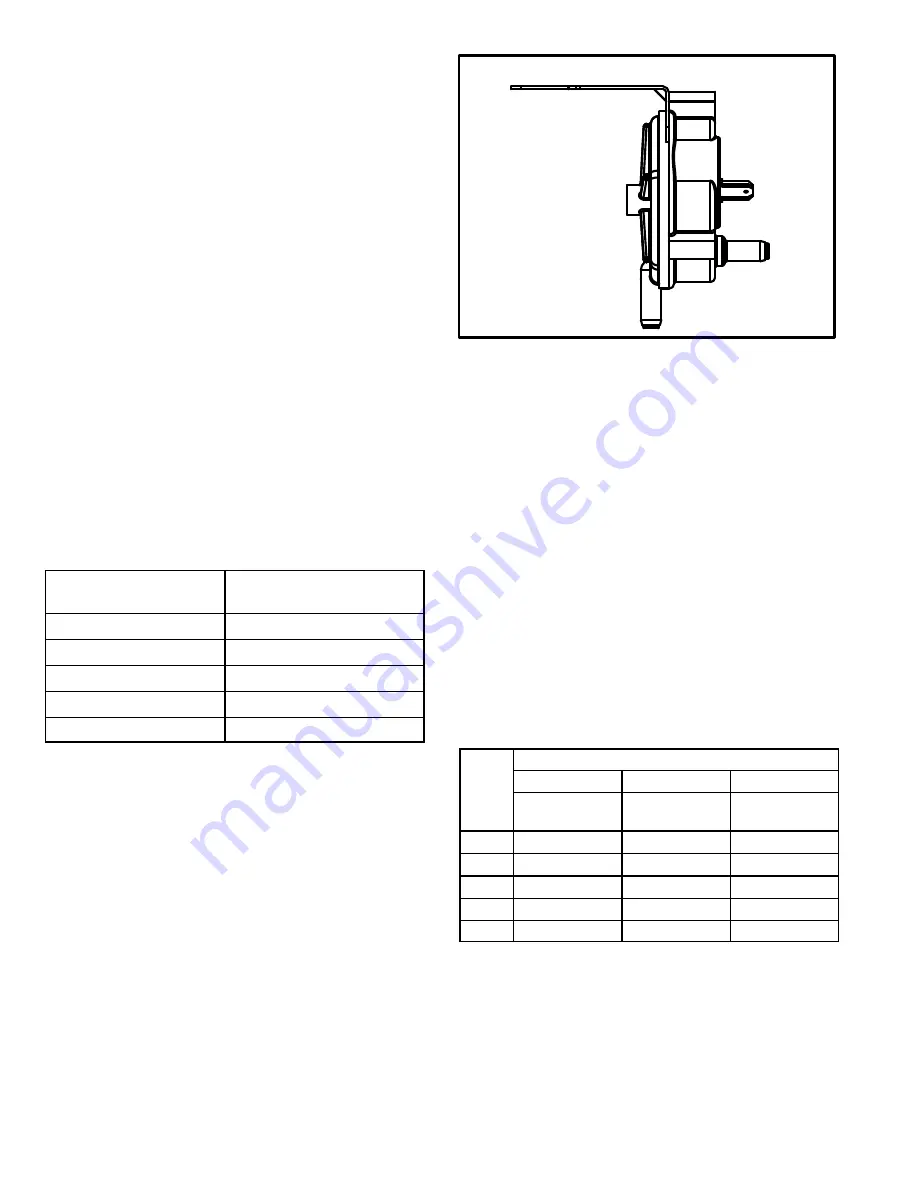
Page 18
8. Combustion Air Inducer (B6)
& Cold End Header Box
All ML195UH units use a combustion air inducer to move
air through the burners and heat exchanger during heating
operation. The blower uses a shaded pole 120VAC motor.
The motor operates during all heating operation and is con
trolled by integrated control A3. Blower operates continu
ously while there is a call for heat. The integrated control
will not proceed with the ignition sequence until combus
tion air inducer operation is sensed by the proving
switches.
The combustion air inducer is installed on the cold end
header box. The cold end header box is a single piece
made of hard plastic. The box has an internal channel
where the combustion air inducer creates negative pres
sure at unit start up. The channel contains an orifice used to
regulate flow created by the combustion air inducer. The
box has pressure taps for the combustion air inducer pres
sure switch hoses. The pressure switch measures the
pressure across the combustion air inducer orifice or differ
ence in the channel and the box.
If replacement is neces
sary the gaskets used to seal the box to the vestibule
panel and the combustion air inducer to the box, must
also be replaced.
TABLE 9
Unit
Combustion Air Inducer
Orifice Size
-045
0.618”
-070
0.810”
-090
0.973”
-110
1.040”
-135
1.235”
9. Combustion Air Pressure Switch
(Figure 16)
ML195UH series units are equipped with a differential
pressure switch located on the cold end header box. The
switch monitors across the combustion air inducer orifice to
insure proper flow through the heat exchanger.
The switch is a SPST N.O. prove switch electrically con
nected to the integrated control. The purpose of the switch
is to prevent burner operation if the combustion air inducer
is not moving enough air for proper combustion.
FIGURE 16
Pressure Switch
On start‐up, the switch monitors whether the combustion
air inducer is operating. It closes a circuit to the integrated
control when the difference in pressure across the com
bustion air inducer orifice exceeds a non-adjustable factory
setting. If the switch does not successfully sense the re
quired differential, the switch cannot close and the furnace
cannot operate. If the flue or air inlet become obstructed
during operation, the switch senses a loss of pressure dif
ferential and opens the circuit to the integrated control. If
the condensate line is blocked, water will back up into the
header box and reduce the pressure differential across the
switch. The prove switch opens if the differential drops be
low the set point. See table 10.
Checks of pressure differential can aid in troubleshooting.
When measuring the pressure differential, readings should
be taken at the pressure switch. See figure 17. Lack of dif
ferential usually indicates problems in the intake or exhaust
piping, but may indicate problems in the heat exchanger,
condensing coil, header boxes, combustion inducer or oth
er components.
TABLE 10
Unit
Altitude ft.
0 - 4500
4501 - 7500
7501 - 10000
Set Point
“w.c.
Set Point “w.c
Set Point
“w.c.
-045
-0.65
-0.65
-0.60
-070
-0.90
-0.85
-0.65
-090
-0.90
-0.80
-0.65
-110
-0.90
-0.85
-0.65
-135
-0.90
-0.80
-0.65
*Set point is factory set and non-adjustable














